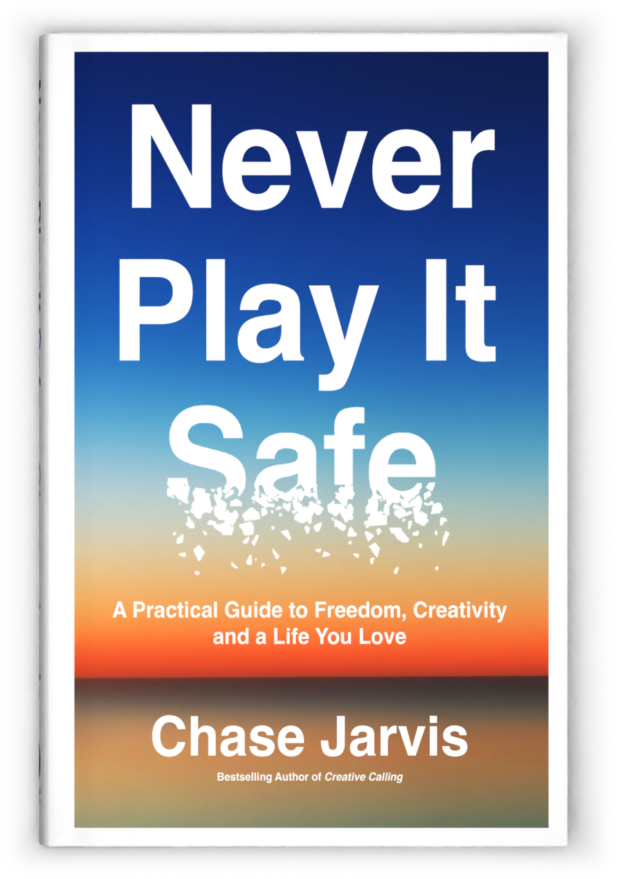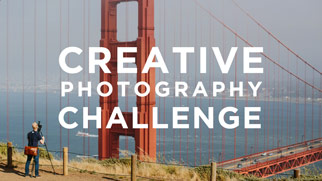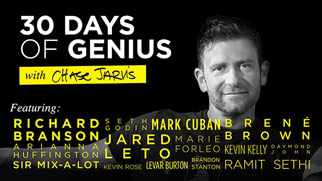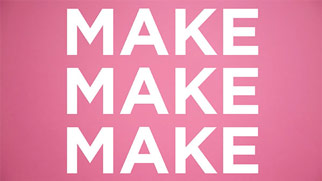The Fine Art world has always been an interest of mine. In fact, I was pursuing a graduate degree in the philosophy of art before I quit to pursue photography full time. Quitting was the result of a waning interest in learning about dead white guys — and it was a good move for me in the long run. Humans have been creating art for our entire history as a species. Creativity is baked into our brains. The proof of this innate need to create dates back more than 30,000 years as evidenced by cave paintings. The art of painting is ancient, storied and deeply textured. Fine art photography, in comparison, is in its infancy. As such, the institutions and art critics are outspoken with their assessment of photography being a “vulgar trespasser” by hanging in the same hallowed halls as paintings. To be honest, I am asking myself, are the critics right? Does fine art photography belong in the same museums as the time-tested art of the brush? My friend Sohail, who will be dropping by the blog from time to time with deep insights on fine art and technology articles, dives into the subject in the following paragraphs. -Chase
It’s a battle that’s been fought since photography arrived on the scene as a medium of visual expression. To its critics, it’s been nothing more than a glorified means of copying or reproducing something. To its proponents, it’s every bit as legitimate an art form as painting and sculpture. Regardless of which side you come down on, photography has always had to struggle to gain acceptance in the fine art world, especially in museums.
Now, one of the most prominent museums in the world is adding a photography exhibit to its repertoire, and there are quite a few folks who aren’t happy about it.
“The truth is,” writes Andrew Graham-Dixon, “that very few photographers have ever produced images with the weight of thought and feeling found in the greatest paintings.”
Graham-Dixon writes for the Telegraph, and he’s talking about “Seduced by Art: Photography Past and Present,” a photography exhibit at the National Gallery in London.
This is the National Gallery’s first major exhibit of photography, and for a number of reasons, it’s being heavily panned by critics. That criticism is stretched into a critique of the place of photography in the world of art.
“Photography,” says Graham-Dixon, “lacks the depth and heft, the thinking sense of touch, that painting possesses.”
Another critic, Brian Sewell, is even harsher in his column for the London Evening Standard.
“Vulgarity is, indeed, the almost common factor among these present-day photographers (most of them fiftyish or so) — the vulgarity of the commonplace subject, the vulgarity of colour, the vulgarity of scale (now common in every current form of art) and the vulgarity of surface, too often utterly repellent.”
The exhibit, he concludes, is “Shoddy, mischievous and gravely mistaken, intellectually the work of students at some post-polytechnic university, those who devised it have seduced the National Gallery, led it astray, debauched and corrupted it.”
Ossian Ward, writing for Timeout London tosses his share of brickbats at the National Gallery as well.
“…they tend to overcomplicate matters and look for obscure lines of influence instead of plumping for the bigger names – why no grandiose Andreas Gursky, no Cindy Sherman self-portraiture, no iconoclastic Andres Serrano, fer chrissakes?”
To be fair, not every review is negative, and Ward does allow that “some of the curatorial discoveries are worth making.”
Some reviews are even positive, like Laura Cummings’ review for The Guardian.
“Seduced By Art is an enthralling show,” she writes, “beautifully selected to express the numerous ways in which painting has inspired or affected the evolution of photography.”
The core argument, though, is one that Graham-Dixon lays out clearly – that the lens is no match for the brush when it comes to art. For those of us who call ourselves photographers, this is a hard claim to swallow.

Richard Learoyd, 'Man with Octopus Tattoo II', 2011. Image Courtesy: The National Gallery, London, UK
The traditional art vs. photography debate isn’t new, but every time photography makes major inroads into the art world, it flares up again.
To be fair, some arguments may be legitimate. As Ossian Ward pointed out, this is the National Gallery’s first outing when it comes to displaying photography, and they may have indeed overthought it, as he suggests.
It’s also possible that the criticism of the photographs, some of which have been commissioned specifically for this exhibit, has a lot to do with the subject matter of those photos. It’s worth wondering why the National Gallery would commission work specifically to fit the theme of their exhibit, which was primarily about drawing a connection between photography and painting.
There’s a real debate worth having here about whether there *is* such a connection, and if there is, why did the National Gallery feel the need to commission new work? Moreover, there’s also a debate to be had about whether photographers need to follow the same mores painters do, both in terms of subject matter and technique. The National Gallery’s attempt to draw this connection in what could be construed as an attempt to legitimize their exhibit may be considered a failure simply because this connection may not exist.
The “subject matter” argument is one that Graham-Dixon makes pretty persuasively when he highlights a moment in his personal experience when he found photography to actually transcend painting.
As for photography equalling, even exceeding, art, I will admit to one moment when I know that it happened — in the work of those photographers who accompanied Scott and Shackleton in the Antarctic, men who in those then unique circumstances had eyes to see that with the coolly calculated technology of their clumsy cameras, they could enhance the ice and snow, the darkness and the light, even the numbing chill of the deep distant south, in ways far beyond the dramatic romanticism of Caspar David Friedrich and Frederick Church, and the dabbing of the Impressionists, their near contemporaries.
Still, he stays close true to his basic premise, claiming that “When the photographer pretends that he is an artist, he is a trespasser.” And, if you define art very narrowly, as “the expression or application of human creative skill and imagination, typically in a visual form such as painting or sculpture,” then you could argue that photography, as a medium where an image is captured, as opposed to being created, is not art.
Yet part of that definition of art, the part about art being “the expression or application of human creative skill and imagination,” can easily be applied to photography. Furthermore, that certain subjects are best left to one medium or another is, again, a hard claim for photographers to swallow.
Of course, it’s also possible that the jeers thrown at National Gallery’s exhibit is just a knee-jerk reaction from old-world critics. After all, it’s only recently that photographs commanding seven-figure sums have become more normal, whereas Paul Cezanne’s “The Card Players” fetched the tidy sum of $267 million from the Royal Family of Qatar in 2011. Photography’s most expensive work, on the other hand, is Andreas Gursky’s “Rhein II”, sold for a comparatively paltry $4.3 million.
Photography as an art form is still young, while painting has been around for thousands of years. It’s pedigree stretches back to pre-history and the cave paintings in Grotte Chauvet, France, that are about 32,000 years old. The next few years will continue to see accelerated evolutions and revolutions in the world of photography, which is barely two hundred years old.
Nonetheless, many of us would argue that it’s time the art world as a whole recognized that the photograph as a piece of art isn’t a fad. It’s not going away. Someone who thinks that photography isn’t as elevated an art form as painting clearly doesn’t have an appreciation of the level of effort that goes into a truly great photograph, and that as more than a few of our photographer friends would say, is quite simply their loss.
__________
Reporting from Sohail Mamdani




























Superb post, I think we have to look on it like Daniel says – Art can be anything!
Interesting post, I would say that we don’t have to compare photography to painting. Painting is one branch of art and photography is another. The whole thing about art is that it can be anything, isn’t that right? Music is art, and so is wrapping Pont Neuf. So I would definitely say that photography can be art. But indeed, I don’t really care what some might say, I enjoy photography as an art form anyway 🙂
There is something about the argument that isn’t clear yet. Who are these critics? Who made them critics? Art’s best critic is time. Part of the value of those paintings we all admire is their cultural and social context in the time they were made.
Maybe, as photographers, we should forget about the critics and the question about wether what we do is art or not, and just keep at it. Who knows, perhaps in a couple of centuries when digital becomes obsolete we would be able to stand tall to these “critics” and say: I told you so.